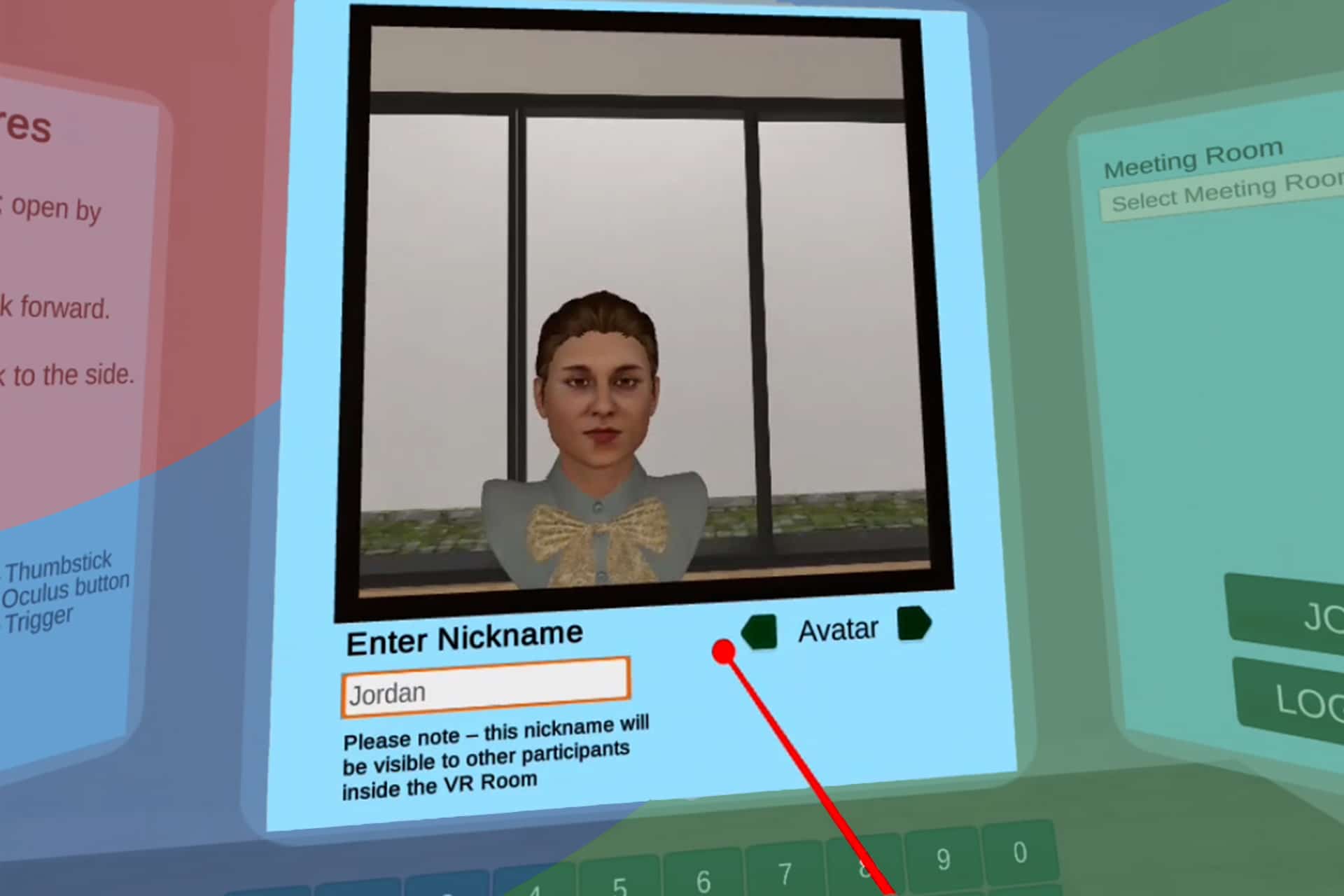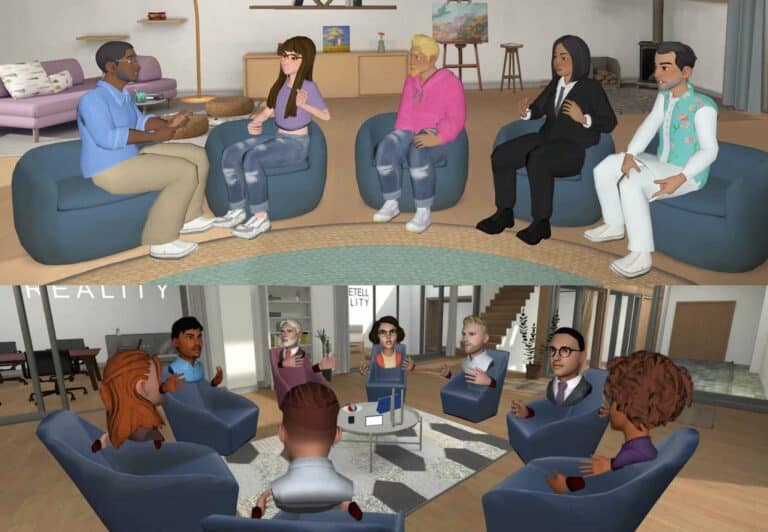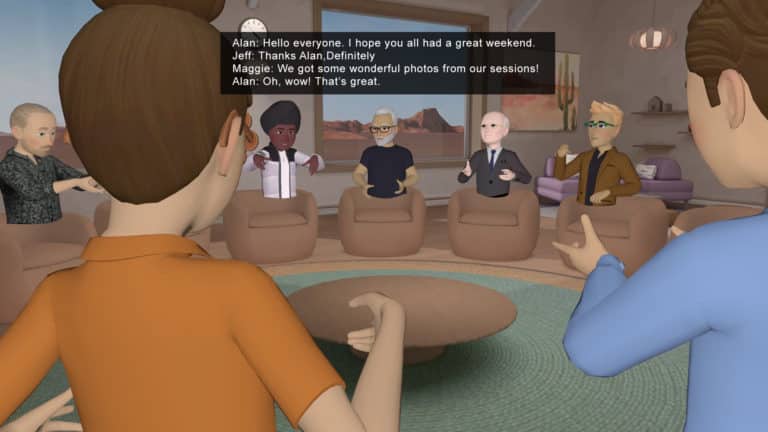
In 2019, live events ranging from conferences to concerts to sporting events generated tens of billions of dollars in ticket revenue. With recent losses exceeding 90%, the live events industry must answer two critical questions. How do you put on a live event without any attendees and how do you generate revenue without ticket sales?
In the tech industry, where direct losses exceed $1 billion alone, live conferences provide a forum for learning, networking, promotion, and collaboration but that is all predicated on everyone being in the same physical space at the same time. So how can event holders recreate the feeling and function of being at a live event safely and without the need to travel?
Virtual Reality (VR) offers the closest experience to being in person of any technology or medium. Many organizations have been embracing VR for live entertainment for years. The NBA streamed it’s first live game in VR back in 2015 and Oculus Venues streamed its first live concert back in 2018. More recent examples include the largest VR music and arts festival, Lost Horizon, which is set to take place this summer with over 50 performers and 4 stages.
Though the entertainment industry may have been the first group to embrace VR for live events, recent circumstances have forced all live event promoters to strongly consider VR in lieu of in person gatherings. HTC and the IEEE both held VR-only conferences this year and while technology companies may currently be leading this trend, other industries are soon to follow as the pandemic continues and travel budgets are cut.
While the move toward conferences and other live events in VR is positive for the health of attendees, the environment, and the organizers bottom line, it also presents a unique opportunity to revisit the live event experience from the ground up.
While VR can replicate being in familiar venues such as arenas, presentation halls, or trade floors, it can also bring attendees into fantastical environments to participate in new types of interactions and experiences not possible in the real world. We don’t need stadiums or conference centers to hold a virtual audience. We are in new uncharted territory with limitless possibilities. Performers and speakers can be on top of clouds, in the International Space Station, or appear larger than life in front of 12 million fans. Presenters can take an audience on a curated, immersive journey of their product or service and those in attendance can take on any form or appearance.
As evidence of the move toward VR for live events, tech giant Apple recently purchased NextVR, a platform known for producing immersive experiences in sports, music, and entertainment. Apple hopes to incorporate the platform into its music streaming subscription service and its growing video streaming platform, offering subscribers the option to attend concerts or live events virtually. Forget the streaming wars that seem to be all the focus lately, the new frontier is VR for live events.









